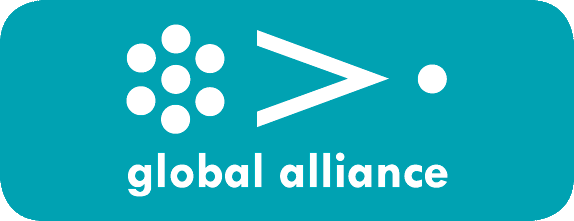Disruption in communications
The term “disruption” refers to the unexpected and simultaneous processes of interruption and irruption on the status quo. This word has gained significant popularity for describing many of the transformations taking place in the world. The global economic crisis of 2008, the rise of populist movements, polarization, the exponential development of social media, the widespread use of new technologies, artificial intelligence and the 5G revolution have created a global panorama of disruption.
Then COVID-19 arrived to disrupt everything that came before. After overcoming the pain and suffering they leave in their wake, pandemics throughout history have always represented a point of no return. The current pandemic is further accelerating that culmination of new realities to such a degree that governments, citizens and companies have had to change - almost overnight - their points of reference and perceptions, our language and, above all, how they communicate.
Companies, their professionals and executives have taken an important step forward during COVID-19. They have incorporated health security, commitment, responsibility and effort into their corporate values. Naturally, the after-tax profit line will remain as important as always on their income statements but, at the same time, the list of intangible benefits continues to grow in terms of repercussion and influence.
Those intangible values are going to have an increasing impact on the viability, future and meaning of any business project. Many companies have already accepted that they need to properly look after their legacy, social dialogue, ability to encourage inclusion, diversity or the environment, how they integrate into civil society and cooperate with public authorities, and ways of communicating smoothly and every day with shareholders, customers and other interest groups.
The digital transformation has served as a catalyst for that entire process. In an interconnected world and an ongoing conversation, transparency has become the only option. In fact, the media themselves are encouraging and redefining that transparency. The first glimpses of editorial policy at large social media, pay walls or the resurgence of podcasts, analysis and interpretation journalism are just further signs that the need to communicate in depth and in detail is gaining ground.
Even meaning itself and the true dimension of political, corporate and social discourse are changing from the ground up. Whereas certain business leaders, politicians or public figures were, until now, able to maintain a unique story focused on appearance or signifiers without too much difficulty, from now on social disruption will eventually convince them that, above all, they need to convey new meanings and lend genuine, credible and emotional connotations to their words.
At LLYC, we have begun to apply next-generation methodologies and techniques to conduct research into those processes and anticipate effective answers. For example, we have conducted neurolinguistic studies using artificial intelligence to determine how future social leaders express themselves and how they differ from current leaders or what drives young people to look for a job or stay in one they already have. For a communication consultancy firm, the digital transformation stopped being just a series of devices or terminals quite some time ago. It now stands for radical change, above all; in other words, a bona fide disruption event in how companies and clients operate and provide value and new meanings.
At LLYC, we feel especially excited and motivated to join the Global Alliance and its work on method standardization worldwide. It is a responsibility and a source of pride to take part in the necessary and stimulating reflection on the global communication and public relations models that will begin to emerge over the coming years. It seems clear that disruption, the digital transformation and new social and corporate meanings will form part of that new dawn for our profession. Especially in terms of the five pillars of corporate communication so correctly defined by the Global Alliance: purpose, brand, reputation, efficiency and the new metrics of innovation and intangible corporate assets.
In short, communication has interrupted and irrupted worldwide to modernize culture and the story of our large corporations and companies from the ground up, as well as all our societies as a whole.
José Antonio Llorente,
Founding Partner and CEO of LLYC
Any thoughts or opinions expressed are that of the author and not of Global Alliance.

